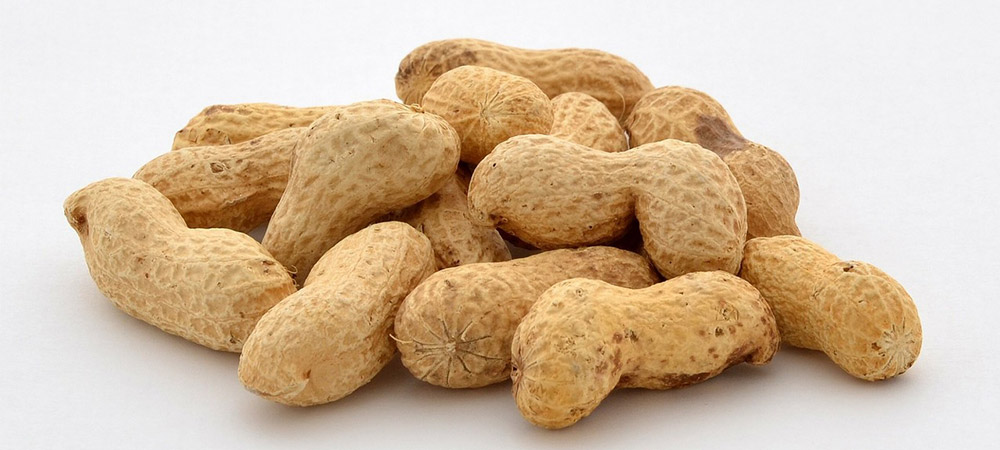Sublingual Immunotherapy for Peanut Allergy Research Update

While awareness, acceptance, and use of sublingual immunotherapy — or allergy drops — has become mainstream in the past several decades in parts of Europe, in the U.S. it has been slower.
When looking at disease modifying treatments, safety and effectiveness are at top of mind for patients and providers. Research is the most accepted way to prove these two elements of treatment, and thanks to a group of doctors in the U.S., research of sublingual immunotherapy is expanding.
The need for more U.S. based research was determined more than a decade ago, and one pioneer in the research and use of allergy drops is Dr. Mary Morris, Allergychoices Medical Advisor, and a lead author of the La Crosse Method™ Protocol.
“I had been seeing that sublingual immunotherapy worked in our patients, and I thought that this really needed to be explored in a rigorous scientific study,” Dr. Morris said. So, in 2005, Dr. Morris collaborated with Dr. Wesley Burks of University of North Carolina to share her clinical experience and the dosing protocol used at her and her partners’ clinic. By working together, they were able to get funding from National Institutes of Health (NIH) for an initial study.
Several NIH sponsored sublingual immunotherapy studies have been done since this time, using the initial funding, and treatment following the La Crosse Method Protocol — which is also used by providers trained in offering allergy drops through Allergychoices.
A new study published in the Journal of Allergy and Clinical Immunology based on this protocol was recently released regarding sublingual immunotherapy for peanut allergy.
This 2019 study was a long-term study that evaluated 48 children, ages 1-11 years old for up to five years. The main findings were:
- 67% of patients were able to tolerate 750 mg, or about 2 peanuts
- 25% of those patients were able to tolerate 5,000 mg, or about 17 peanuts
- No participants in the study experienced severe reactions
- Less than 5% had minor side effects, including oral itching
This research validates what Dr. Morris has seen clinically for years: allergy drops can alter the allergic disease and provide sustained relief for patients. Dr. Morris explains, “The thing that I am excited about is that it proves, in very rigorous, scientific, academic centered, funded by the government — not pharmaceutical companies — study, that it works.”
“With this research, an educated family or physician can see that there is another option for treating the cause of peanut allergy, as well as other food allergies,” Dr. Morris explains. Allergy drops are also used to treat environmental allergies.
Treatment goes beyond helping those with a food allergies and seasonal allergic rhinitis. Patients with asthma, eczema, frequent sinus infections, and migraines often have an underlying allergic component. By treating the cause of the underlying allergy, patients often experience relief from their related conditions, too.
Morris and her colleagues have also been instrumental in expanding research on other allergies and related comorbidities, including the impact on other food allergies, asthma, migraine and chronic vaginitis.
If you’re a patient interested in treating the cause of your allergies using this approach, find a provider near you offering allergy testing and allergy drops following the La Crosse Method. If you’re a provider interested in learning more about including this treatment within your practice, please contact us.
E.H. Kim et al. Long-term sublingual immunotherapy for peanut allergy in children: Clinical and immunologic evidence of desensitization. Journal of Allergy and Clinical Immunology. Published September 4, 2019. doi:10.1016/j.jaci.2019.07.030.


